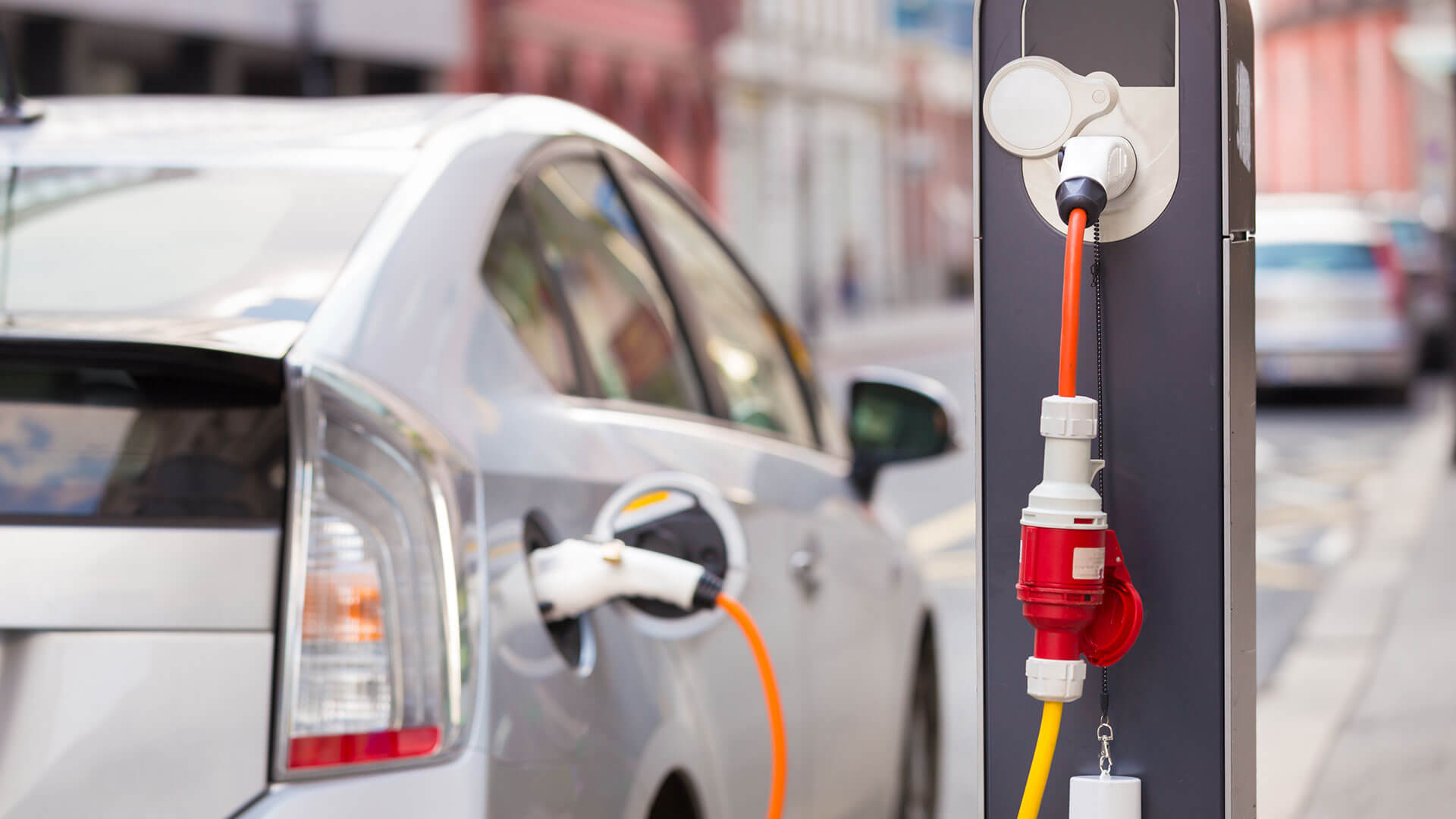Energy storage and batteries
The introduction of rechargeable batteries has secured the battery a place in a sea of products and in most homes on the planet. Rechargeable batteries have also become part of the green transition and are today used in traditionally fuel-powered machines such as cars, motorcycles, lawn mowers and smaller construction machines. They have even found their way into lorries, produced by Tesla and Scania among others.

Lithium-ion batteries
In particular, the development of lithium-ion batteries, first used by Sony in the 1990s, have been crucial to the widespread use of batteries for various purposes today, due to their higher energy density and longevity.
Lithium-ion batteries work just like their predecessors, e.g. the lead-acid battery, but with the advantage of less power loss in connection with discharge. This helps make them usable in the car industry.
Lithium-ion batteries often use graphite as the anode. In addition, they can be composed of different materials such as silicon, iron, phosphate, nickel, manganese, cobalt, and aluminium.
The most commonly used material combinations in lithium-ion batteries often contain rare materials. These are materials that can damage the environment during the battery’s life cycle, or materials that require a lot of energy to recover and produce.
Lithium-ion batteries thus present at least three challenges that make them less suitable for long-term use in a completely fossil-free energy system:
- Their energy density is still too low
- They are still produced using rare materials, and energy-intensive or potentially environmentally damaging processes
- They take too long to charge.
Therefore, new and more efficient battery technologies need to be developed. This may be crucial to how quickly electrical energy from renewable energy sources such as solar and wind power can be integrated on a full scale in all sectors.
Solid-state batteries
Solid-state batteries are not a completely new innovation, but a further development of the lithium-ion technology. It has therefore been possible to develop them faster, and they may soon be ready for mass production.
Solid-state batteries are essentially the same as the well-known lithium-ion battery, but in solid form. In solid-state batteries the electrolyte (the connection between anode and cathode) is glass-based, i.e. solid rather than liquid.
This provides a number of benefits. Among other things, solid-state batteries are expected to be more fireproof, have a significantly faster charging time and a range of between one and a half and two times greater than the lithium-ion batteries available today.
This is a step in the right direction, but not enough for ships to sail around the globe or planes to cross the Atlantic. And it is nowhere near enough to provide flexibility in the electricity grid, where batteries can be used to store solar and wind energy.
However, in many existing areas of use, such as cars, solid-state batteries provide noticeable benefits, and experts expect that they can be introduced in about five years.
Lithium-air
Lithium-air batteries are an example of a completely new generation of battery technology, and the potential is great because here oxygen replaces a number of the elements we find in solid or liquid form in existing batteries.
And because oxygen can be supplied continuously from the environment instead of having to be stored in large quantities inside the battery cells, lithium-air batteries can theoretically provide an energy density that is 10 times greater than that of lithium-ion variants.
To give an example, 5,000-10,000 km per charge in a car is within range, but the real breakthrough lies in the fact that the energy density can come close to fossil fuels. In addition, if one takes into account that the energy loss in electric motors is considerably less than in internal combustion engines, and that the charging time can be a fraction of existing lithium-ion batteries, then lithium-air technology can pave the way for a complete phasing out of fossil fuels in all sectors.
However, lithium-air batteries are still at a very early stage of development and there are still many barriers to putting them into production.
What is DTU researching?
The big challenge right now, however, is not to develop better batteries, because most researchers agree that we can.
The problem is that battery development takes a long time—partly because it is based on testing physical materials. It took 20 years to develop the lithium-ion battery. It is hoped that the next generation, e.g. lithium-air or flow batteries, which are more sustainable, cheaper and suitable for collecting energy from the electricity grid, will be developed much faster.
Because the really big steps in battery technology still require a lot of development, many tests and lots of calculations based on large amounts of data, DTU works to accelerate the development process by establishing a common data-based infrastructure and automatic sharing and utilization of data across all parts of the battery-development value chain.
This will make it possible to combine artificial intelligence with computer simulations, advanced physical models, large-scale experiments, and autonomous synthesis robots to be able to predict the effect of new material compositions much faster and design better batteries.
By removing physical and human resources from the testing and development phase where possible, we can find new solutions much faster than we can today.